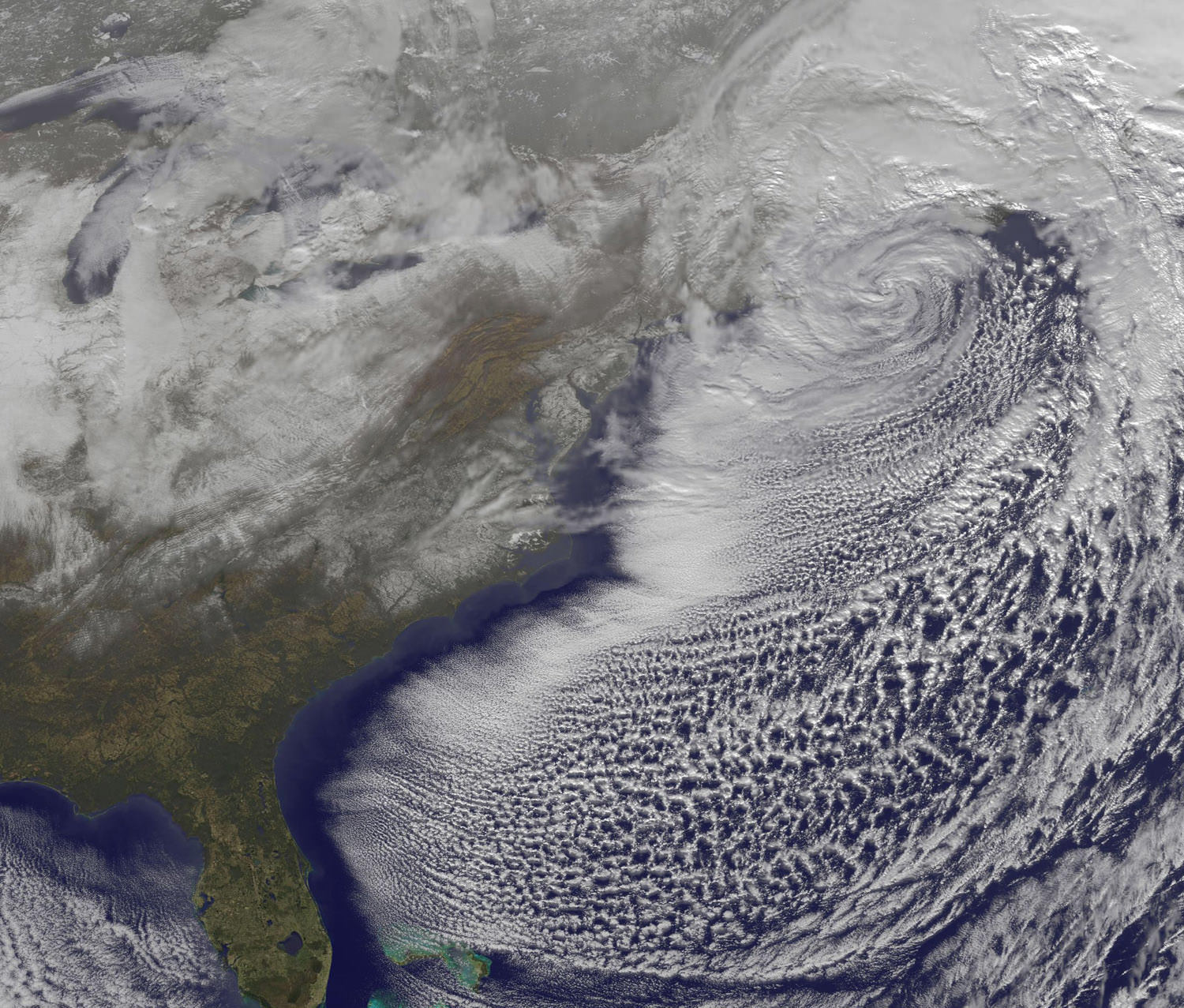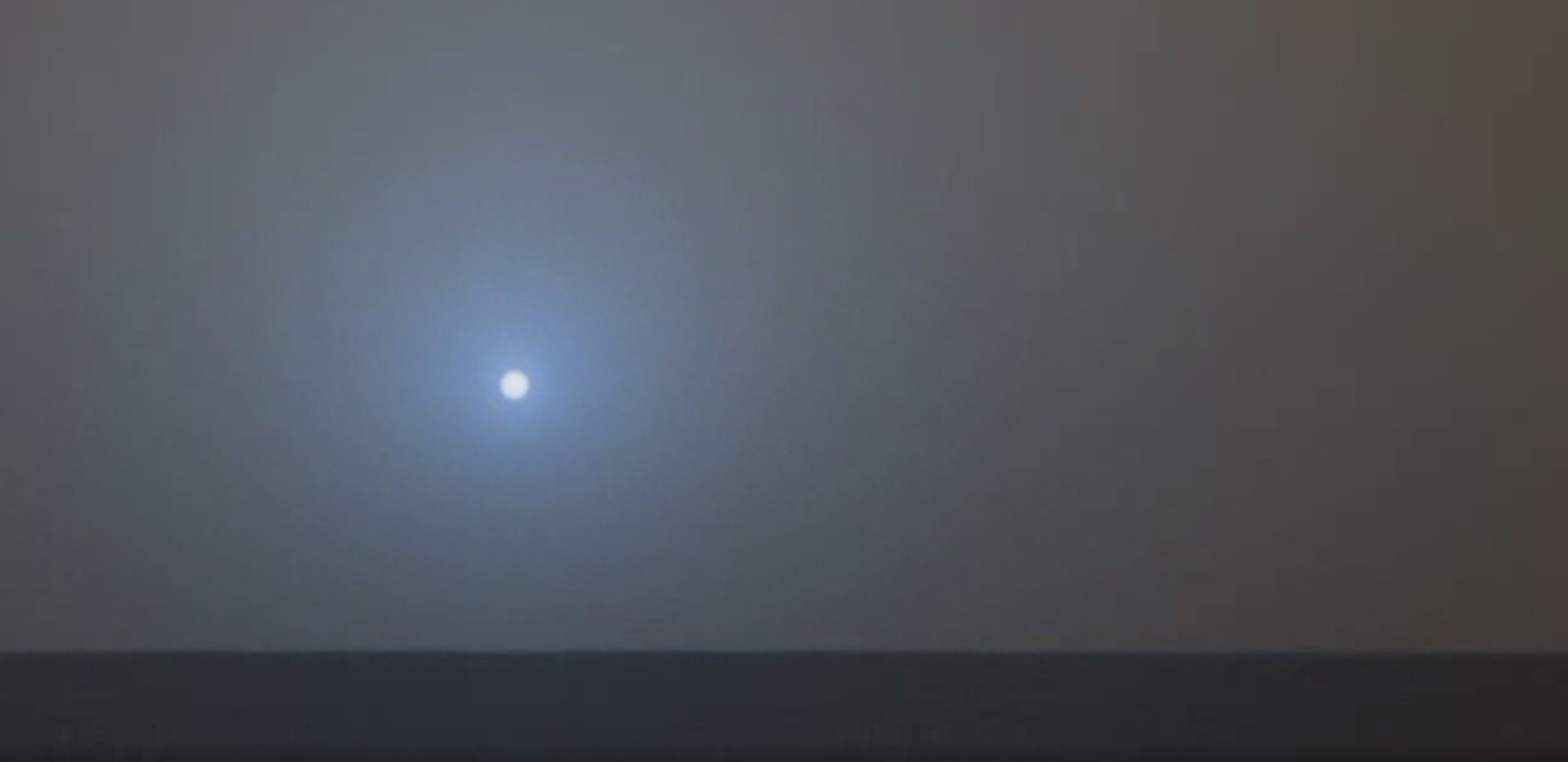Jane Houston Jones from JPL provides a preview of what you can expect to see in the night skies in May, 2011.
Why Endeavour scrubbed on Friday
We were not in the Spacevidcast studios for this one, but I kept getting questions about the APU and why we scrubbed. Thought it wise to create a quick little SpacePod to explain why the final launch of Space Shuttle Endeavour was delayed to No Earlier Than Monday, May 2nd, 2011.
Spring Fireballs
For reasons yet unknown, the rate of midnight fireballs increases during the weeks around the vernal equinox. It’s a beautiful display, but where do they come from? Last month, we reported on a network of fireball cameras that NASA is building, which is now tracking incoming fireballs — and just in time, too, for the fireball season. This video is part of a new series by NASA called ScienceCast, which will be a weekly feature highlighting a topic in NASA science news.
Coalition for Space Exploration Tasks us to “Think Outside the Circle”
The aerospace industry is typically filled with engineers, scientists and pilots. Hardly the segment of the population that is subject to expounding on the virtues of their trade in prose or through some other format. That said, every once and a while, a campaign, image or video comes along that simply nails what the men and women of the industry have been trying to say. Continue reading “Coalition for Space Exploration Tasks us to “Think Outside the Circle””
What Did Gagarin See on His Historic Flight?
50 years ago, April 12th, Yuri Gagarin became the world’s first human to go into space. What did he see? He described it fairly well, but there are limited pictures and no video from his time in orbit. Now, through a unique collaboration between a filmmaker and ESA astronaut Paolo Nespoli on board the International Space Station, high definition video of what Gagarin might have seen has been woven together with historic recordings of the flight (subtitled in English) to create a new, free film that will be released on the 50th anniversary titled First Orbit. Above is the trailer for the film. What a perfect way to celebrate this historic moment.
“Circling the Earth in my orbital spaceship I marveled at the beauty of our planet. People of the world, let us safeguard and enhance this beauty — not destroy it!” — Yuri Gagarin.
Continue reading “What Did Gagarin See on His Historic Flight?”
Simply Stunning Aurora Video from Norway
Photographer Terje Sorgjerd spent a week capturing what he called “one of the biggest aurora borealis shows in recent years,” and the results are simply stunning. The footage was shot in and around Kirkenes and Pas National Park in the very north part of Norway, which borders Russia, at 70 degree north and 30 degrees east. Temperatures were around -25 Celsius, Sorgjerd said.
Highlights of 2010 from the European Space Agency
It has been another great year in space, and the European Space Agency has put together a video highlight reel for 2010. They look at the achievements in different areas, including Earth Observation, Science, Human Spaceflight and Telecommunications. From the launch of Cryosat to the Planck sky scan, from Node 3 Cupola completing the ISS to Paolo Nespoli launching on the Soyuz to the ISS, from the Rosetta flyby of asteroid Lutetia to the launch of Hylas providing broadband for Europe.
Video: Satellite Views of the “Christmas Blizzard”

The Christmas Blizzard of 2010 dumped up to 30 inches of snow in the northeast United States, with winds gusts up to 60 mph. An Earth-orbiting satellite, GOES-13 captured a series of visible images of the storm, showing its progression. News reports from New York City say this is the sixth largest snowstorm in the city’s history and it buried the streets in four-foot drifts, bringing transit to a halt with cars and buses stranded in the streets.
Snowfall ranged from 1.5 inches in Atlanta, Georgia to more than two feet in various areas of New Jersey, New York and the New England states.
[/caption]
Some of those snows are visible in the above GOES-13 satellite image. Snowfall on the ground can be seen in the image over South and North Carolina, Virginia, Maryland, Delaware, eastern Pennsylvania, New Jersey, and southeastern New York. The clouds of the low obscure New England in the image.
Photographer Michael Black took an amazing timelapse of the blizzard, with a Canon DLSR on tripod with remote timer taking a photo once every five minutes (approximately 20 hours in 40 seconds.) — and obviously having to go outside and readjust the clock and markers.
December 2010 Blizzard Timelapse from Michael Black on Vimeo.
Seasons Greetings and a Look Back at 2010 from NASA
A couple of holiday themed videos for you from NASA, and look back at 2010. The ISS crew has the strangest looking Christmas tree ever, as seen below.
Continue reading “Seasons Greetings and a Look Back at 2010 from NASA”
Rover Captures Sunset, Eclipse on Mars
The Opportunity rover’s latest accomplishments? Cinematographer. Two new movies created by images taken by the long-lasting rover show a blue-tinted Martian sunset, while another clip shows the Mars’ moon Phobos passing in front of the sun. “These visualizations of an alien sunset show what it must have looked like for Opportunity, in a way we rarely get to see, with motion,” said rover science team member Mark Lemmon of Texas A&M University. Dust particles make the Martian sky appear reddish and create a bluish glow around the sun.
Continue reading “Rover Captures Sunset, Eclipse on Mars”

